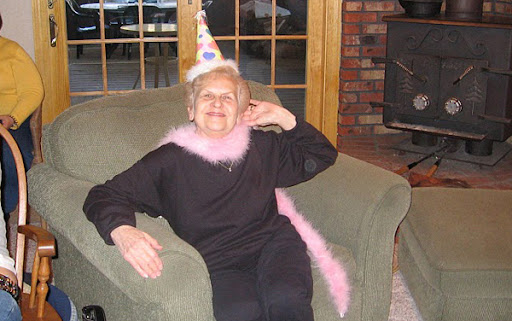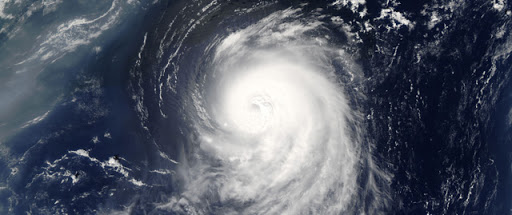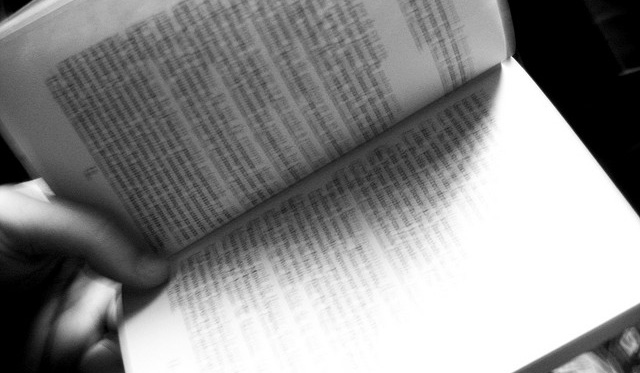
This weekend my wife’s family had a memorial service for her Grandmother Nancy. Nancy died several weeks back, but the family decided to hold off on formal services until the entire clan could gather from various locations. It was a very practical decision. It was very Nancy.
I was essentially an outsider in this situation, I wasn’t a part of the collective memories that was a direct result of this woman’s existence and the decisions she made (BTW, I am not saying I haven’t been embraced by my wife’s family, they have always been quite welcoming). Because of Nancy’s decisions, I have my wife, and my life with her. So I thought I would take a moment to reflect on Nancy and thank her in my own way.
I don’t remember the first time I met Nancy, I am sure Allison brought me over there to introduce me at some point during our first summer together, but my first real concrete memory of her was Christmas. When I was single and dating, I used to have a rule about spending Christmas with other people’s family. I didn’t. My thoughts being the same as the 2nd paragraph of this post, you are an outsider in an intimate family moment. I was not entirely thrilled with the idea of going into a house full of people I didn’t know (or didn’t know well) and getting mixed up in their memories.
But a funny thing happened when I walked in… all hell was breaking lose in the best possible way. Every square inch of Nancy’s home was occupied with activity. Nancy immediately welcomed us into the house and then cut us lose to fend for ourselves. No pretense, no formality. These people were just trying to have a good time and she was the force at the center of it, keeping all of these very different people together and tethered.
I walked away from that evening glad that I was there, glad that I got to be a part of some collective memory building (wondering if there would be more in the future), and managed to develop an outstanding misunderstanding thanks to Allison’s sister (she had me thinking their aunt had a gambling problem, it just turned out my sister-in-law didn’t want us playing cards).
At the root of this whole dynamic, there was Nancy. I think the adage “they don’t build them like they used to” would be a very appropriate statement about Nancy Danks. Over the last 6 years, I managed to sneak over and have a few “deep” conversations with Nance about the state of the world, religion, living, and dying which would always somehow be mixed into conversations about the best brand of mayo or her favorite brand of chips…and it all made sense.
I am glad I had a few years to get to know Nancy. I am damn grateful that she was here on this planet and made the decisions she made (good, bad, and covered with gravy). She was a warm-hearted, funny lady that did things her own way… something that I will always remember and respect her for.









